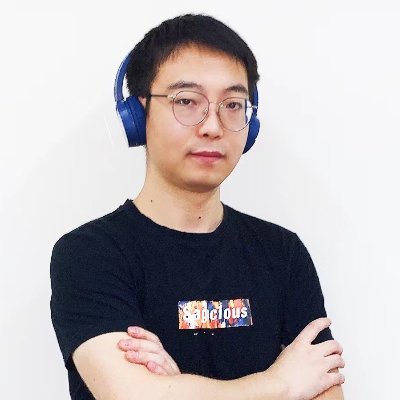Medicinal Chemistry for Drug Design
Undergraduate course: PR2115/PR2115A, NUS, Department of Pharmacy, 2021
As a TA of the PR2115 module, I’m responsible for the coordination and demonstration how to apply computational methodologies to derive lead compounds from databases, derive pharmacophore from bioactive compounds and rationalise the optimal drug-target interaction through docking experiments. This module explores how chemists design and synthesise safe and effective drugs, using a combined knowledge of organic chemistry, drug discovery principles and drug metabolism. In this module, students will learn:
- The relationship between structure, physicochemical properties and the molecular basis of drug action
- To apply computational methodologies to derive lead compounds form databases, pharmacophore from bioactive compounds and databases
- To learn how to design and optimise drug molecules through knowledge of drug-target interactions and through through docking experiments
